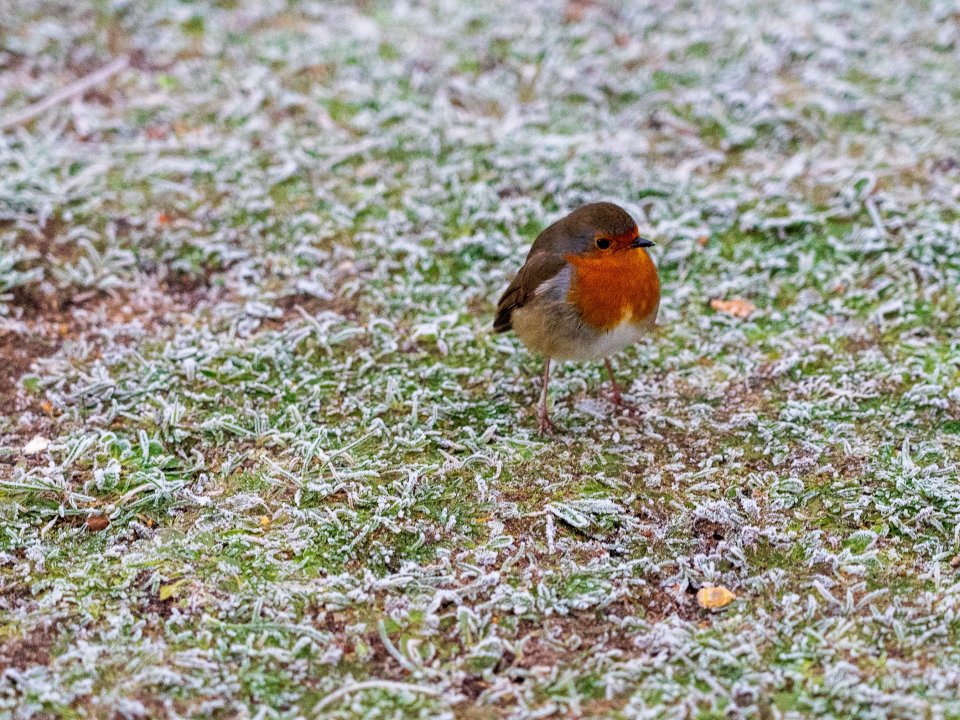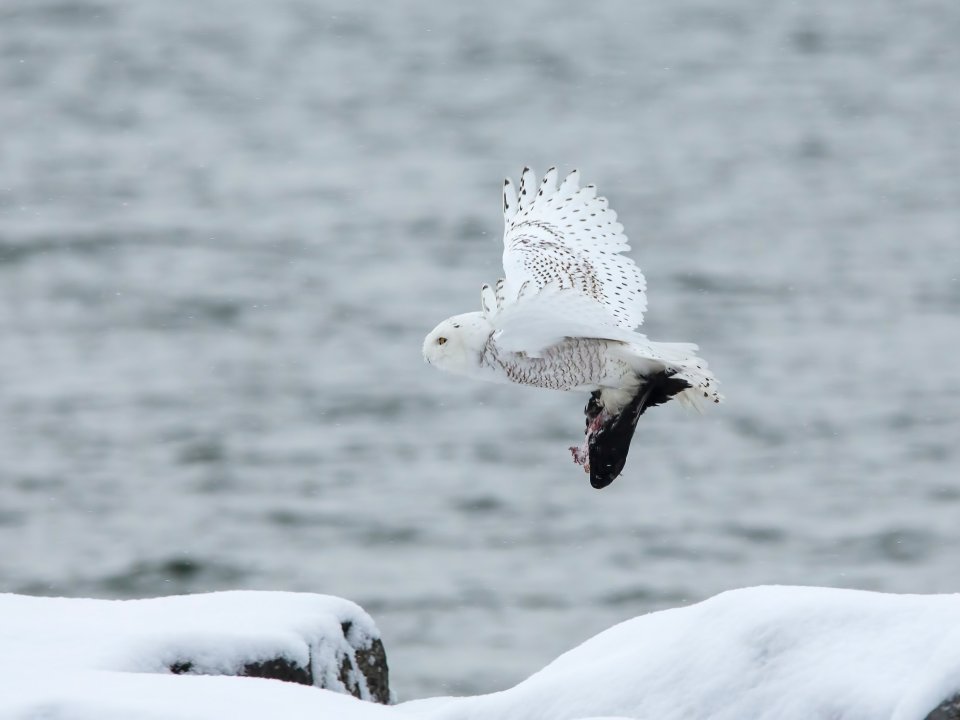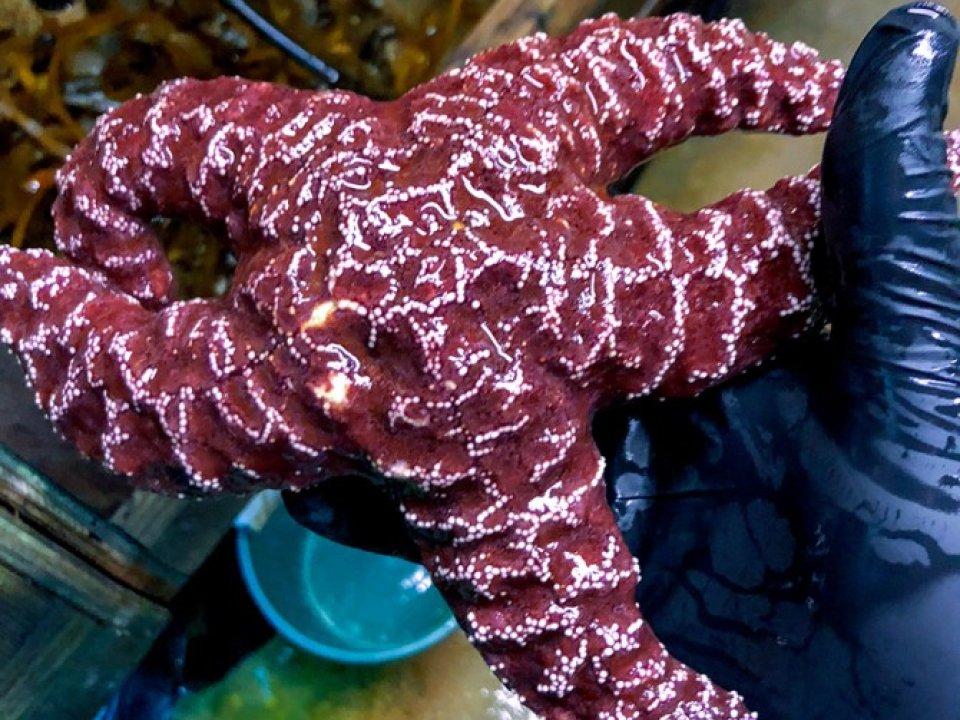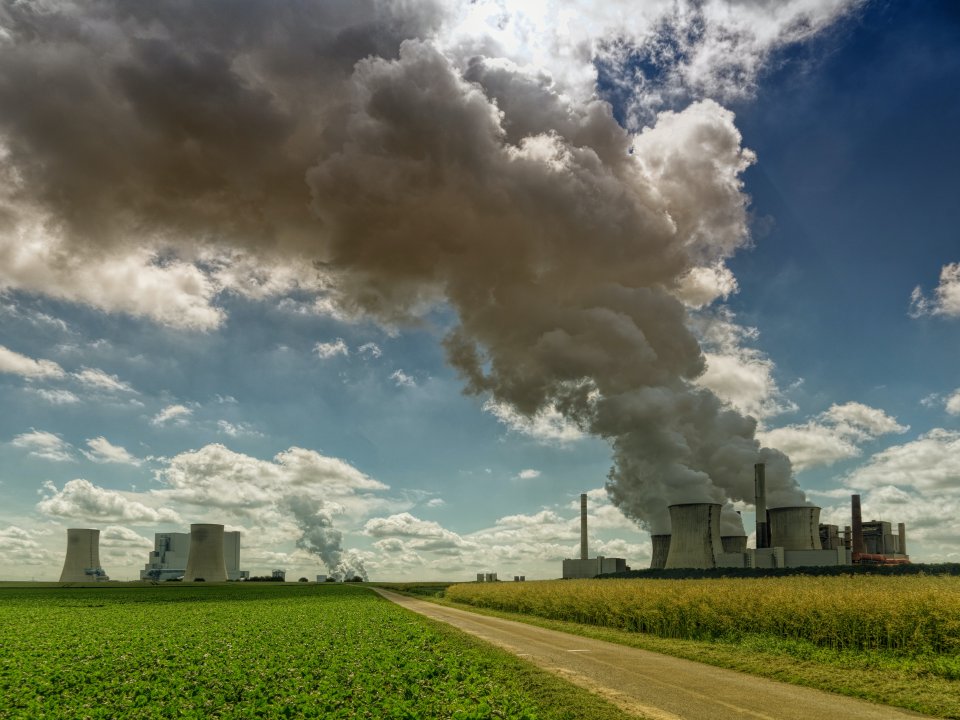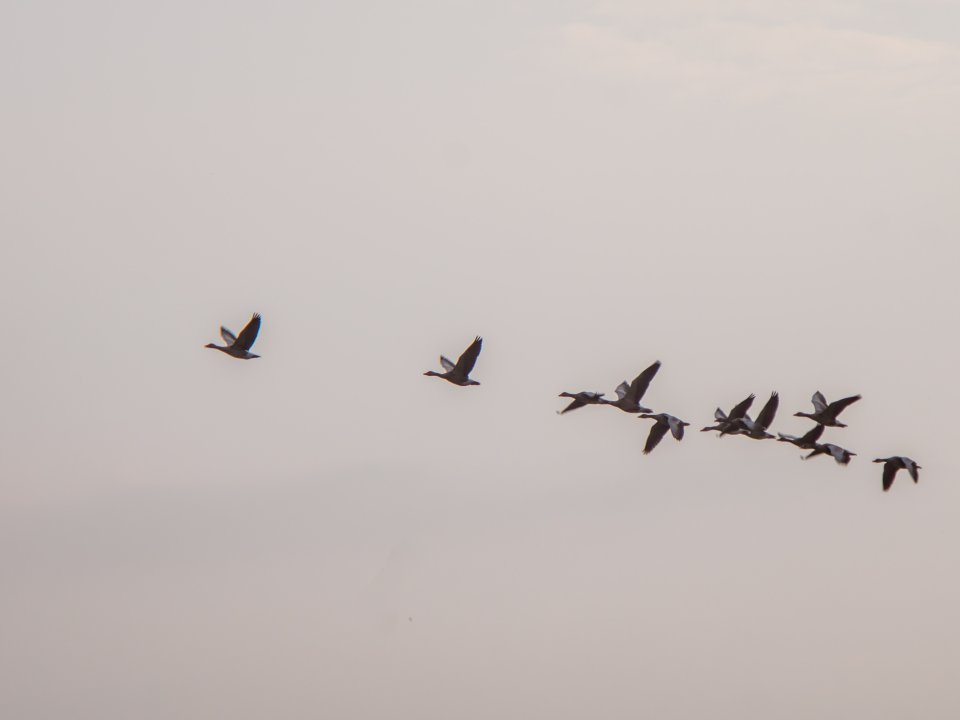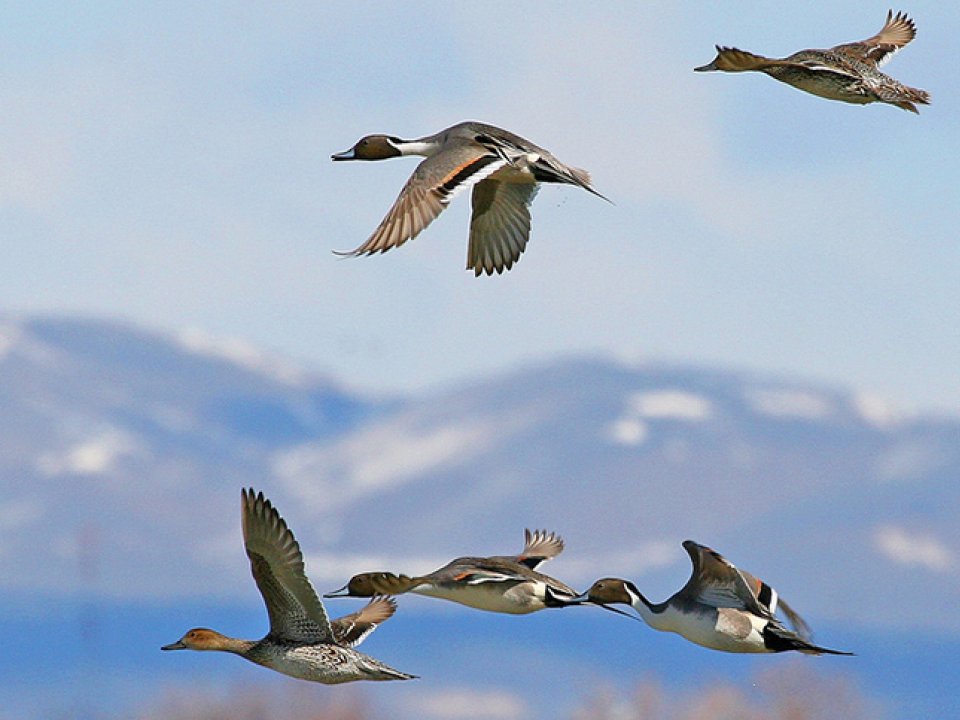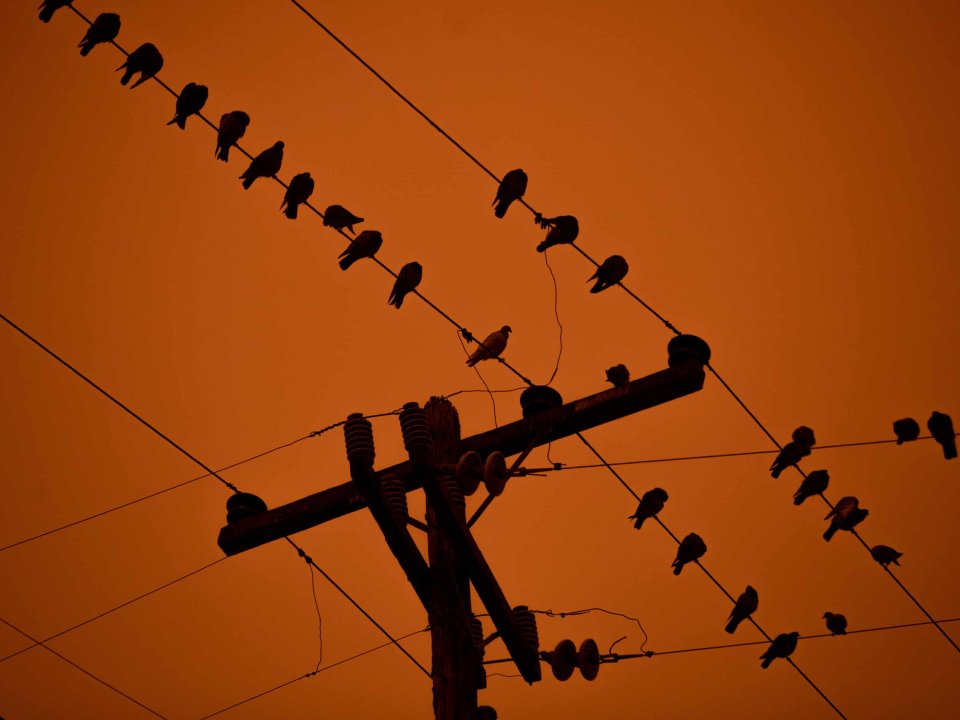News
In this columnist piece considering why the robin is seen to be active in the winter, Andrew Farnsworth, senior research associate at the Lab of Ornithology, discusses the American robin saying, the robin is “a lot more complex than people give it credit for.”
“This virtual dialogue will be a robust exploration on how we as humanity can better govern our behavior to reduce the likelihood of future pandemics,” said Dr. Steve Osofsky, D.V.M. ’89, the Jay Hyman Professor of Wildlife Health & Health Policy and director of the Cornell Wildlife Health Center. “The experts we’ve assembled will be sharing their ideas on how our global community of nations can hopefully come together to prevent what I fear could otherwise be a cycle of recurring suffering and chaos.”
According to a senior research associate at the Cornell Lab of Ornithology, Dr. Andrew Farnsworth, population booms are difficult for habitats to maintain. More lemmings feed more owls, but if a prosperous lemming season is not followed by another with the same productivity, an ecosystem can crash.
With each episode, postdoc Eleanor Paynter speaks with experts who highlight how multidisciplinary, multi-species perspectives on migration help us understand key global issues. In season 1, we are broadening our scope of understanding by focusing on highly relevant themes like pandemics, climate, racial justice, and more. Keep an eye out for new episodes, released on the first Monday of every month.
“As humans, we breathe, we ventilate, we bring air into our lungs and we exhale,” said Ian Hewson, professor of microbiology in the College of Agriculture and Life Sciences. “Sea stars diffuse oxygen over their outer surface through little structures called papulae, or skin gills. If there is not enough oxygen surrounding the papulae, the starfish can’t breathe.”
Amanda Rodewald, professor and senior director of conservation science at the Cornell Lab of Ornithology, writes this opinion piece about the Trump administration’s missed opportunity to protect the air.
Paul Curtis, professor of natural resources, discusses Canada geese populations and the management of those populations
Amanda Rodewald, Migrations researcher, writes: "Birds are a shared resource among nations. Where governments have acted, they have successfully protected migratory birds and the habitat they depend on. In my view, the Trump administration's shift would abdicate U.S. leadership on migratory bird conservation and undermine public good for private profit."
Researchers at the Cornell Lab of Ornithology found evidence that suggests many species of birds follow green vegetation when they migrate. If birds use the vegetation to guide migration, climate change that impacts plants could also affect birds’ migratory patterns.
Wildfires across California, Oregon, and Washington have forced birds to rush their migration, resulting in high rates of bird death.
Apps like the Cornell Lab of Ornithology's eBird are using citizen awareness to bring data about these birds to scientists. “There are many more citizen scientists distributed in diverse arrays than there are professional scientists or wildlife rehabilitators,” said Andrew Farnsworth, a senior research associate at Cornell Lab of Ornithology, the institute that runs eBird, a popular app for logging bird sightings.
“The power of eyes in many places is huge.”

